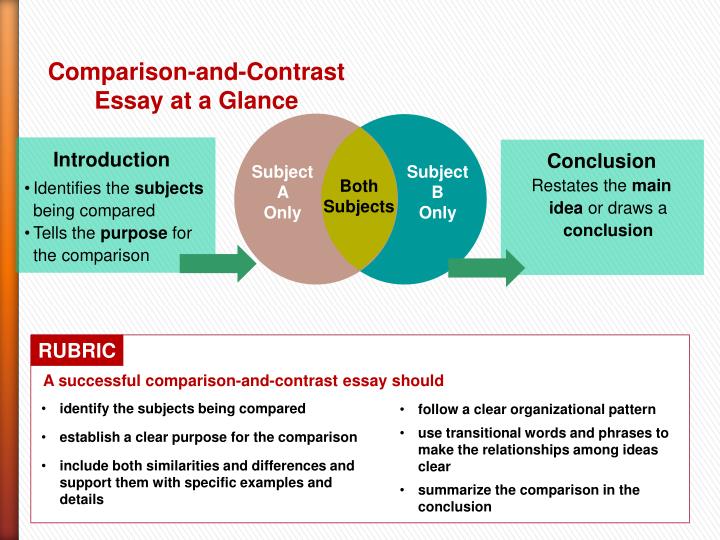

- Compare and contrast static and dynamic flexibility. full#
- Compare and contrast static and dynamic flexibility. plus#
In regard to chronic effects, whereas one study reported more than double the ROM improvements with SS versus DS training, another did not report any significant difference. This shift towards more DS is based on evidence indicating that in several studies, a single bout of DS can provide similar or even greater increases in ROM than SS. ĭynamic stretching has been described as an action that involves controlled movement through the active joint range of motion (ROM) with repeated cyclical muscle loading (tension associated with achieving end ROM) and unloading (muscle relaxation through mid-ROM). Nevertheless, there has been a paradigm shift away from SS towards a greater emphasis on DS.
Compare and contrast static and dynamic flexibility. full#
However, the previously cited reviews as well as original investigations have highlighted that when SS is limited to no more than 60 s per muscle group and incorporated into a full warm-up that includes prior aerobic activity and subsequent dynamic stretching (DS) and activity, the effects on subsequent performance are typically trivial. Publications from the mid-1990s to the present have reported on acute SS-induced performance impairments with both the stretched muscle as well as contralateral non-stretched muscles. There has been an extensive body of literature published on the effects of static stretching (SS) as a component of a warm-up prior to activity as well as chronic training effects. However, the overall conflicting studies and a lack of substantial literature compared with SS effects points to a need for more extensive studies in this area. The acute effects of dynamic stretching on thixotropic effects and psycho-physiological responses could be beneficial for injury reduction.

Regarding moderating variables, while there is evidence that an acute bout of dynamic stretching can enhance range of motion, the acute and training effects of dynamic stretching on strength, balance, proprioception, and musculotendinous stiffness/compliance are less clear. However, several studies have shown that dynamic activity with some dynamic stretching exercises within a warm-up consistently demonstrates positive effects on injury incidence. The only other study examined functional dynamic stretching training with injured dancers and reported improved ankle joint stability.
Compare and contrast static and dynamic flexibility. plus#
One study demonstrated no significant difference regarding injury incidence when comparing a dynamic stretching-only group versus a combined dynamic stretching plus static stretching group. It was the objective of this narrative review to examine the acute and training effects of dynamic stretching on injury incidence and possible moderating variables such as dynamic stretching effects on range of motion, strength, balance, proprioception, muscle morphology, and psycho-physiological responses. While acute and chronic static stretching has been reported to reduce musculotendinous injuries, especially with explosive and change of direction actions, the influence of dynamic stretching on injury incidence lacks a similar volume of literature for acute and chronic responses.

The use of dynamic stretching as a replacement for static stretching in the warm-up is widespread based on the reports of static stretching-induced performance impairments.


 0 kommentar(er)
0 kommentar(er)
